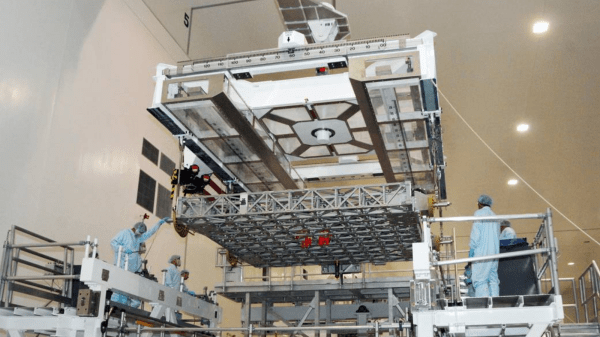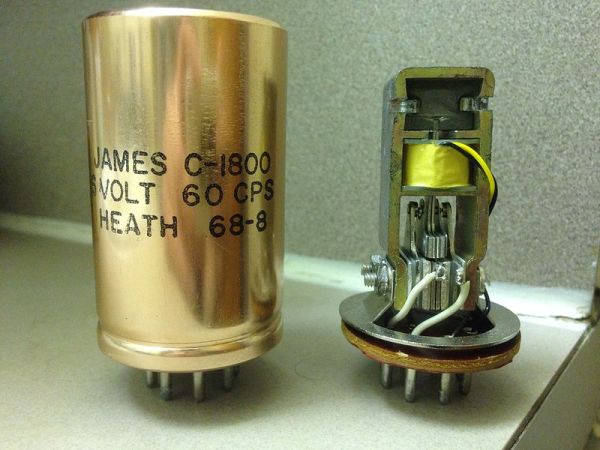When [Tavis] and his father were inspired to lend their talents to building a robot sculpture, they split the duties. [Tavis]’ father built a robot head, and [Tavis] utilized designs old and new to breathe life into their creation.
Many a hardware hacker has been inspired by robotic art over the years. Whether it’s the vivid descriptions by the likes of Asimov and Clarke, the magnificent visuals from the formative 1927 film Metropolis, or the frantic arm-waving Robot from Lost In Space, the robots of Science Fiction have impelled many to bring their own creations to life.
For [Travis]’s creation, Two rare Russian Nixie Tubes in the forehead convey what’s on the robot’s mind, while dual 8×8 LED matrices from Adafruit give the imagination a window to the binary soul. A sound board also from Adafruit gives voice to the automaton, speaking wistful words in a language known only to himself.
A DC to DC converter raises the LiPo supplied 3.7v to the necessary 170v for the Nixies, and a hidden USB-C port charges the battery once its two-hour life span has expired. Two custom Nixie driver boards are each host to an Arduino Pro Micro, and [Tavis] has made the PCB design available for those wishing to build their own Nixie projects.
As you can see in the video below the break, the results are nothing short of mesmerizing!
Of course, we’re no strangers to robots here at Hackaday. Perhaps we can interest you in a drink created by the industrial-grade Robotic Bartender while you consider the best way to Stop the Robot Uprising. And remember, if you spot any awesome hacks, let us know via the Tip Line!
Continue reading “Artful Nixie Bot Sculpture Sees, Thinks, And Talks”













